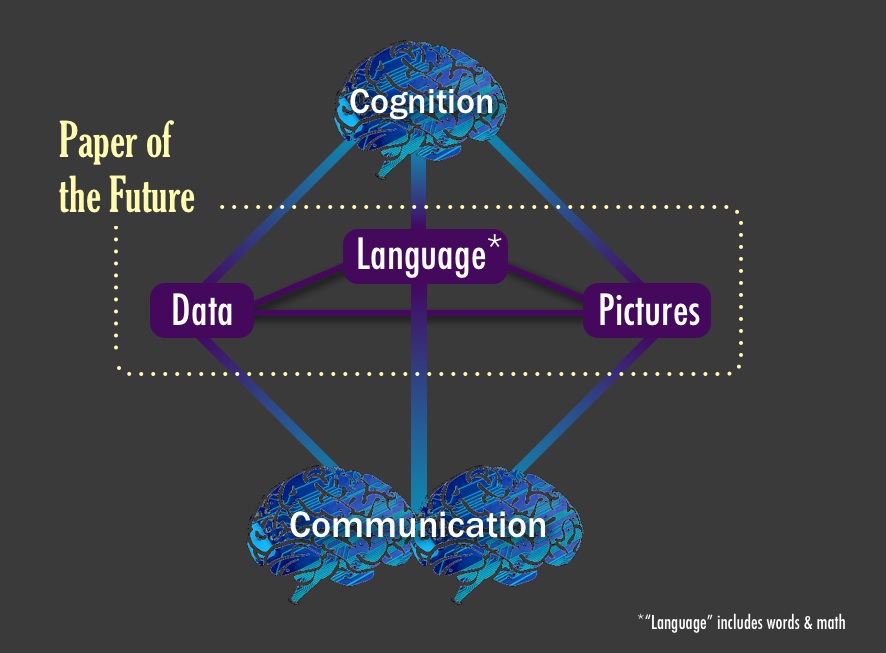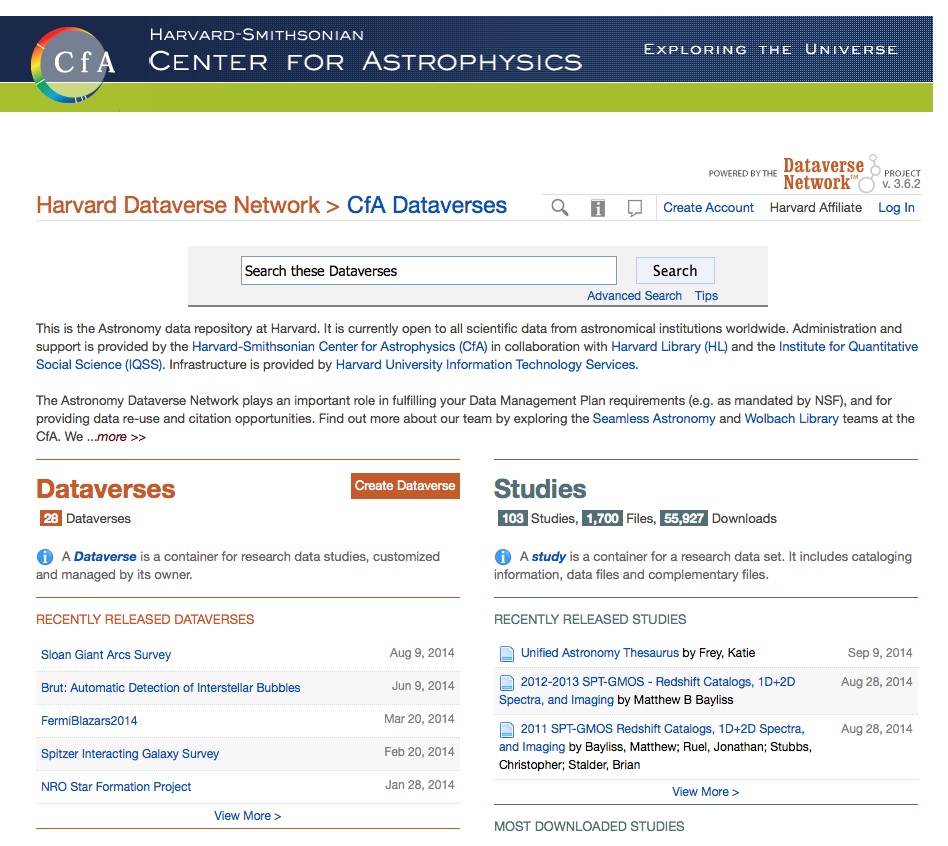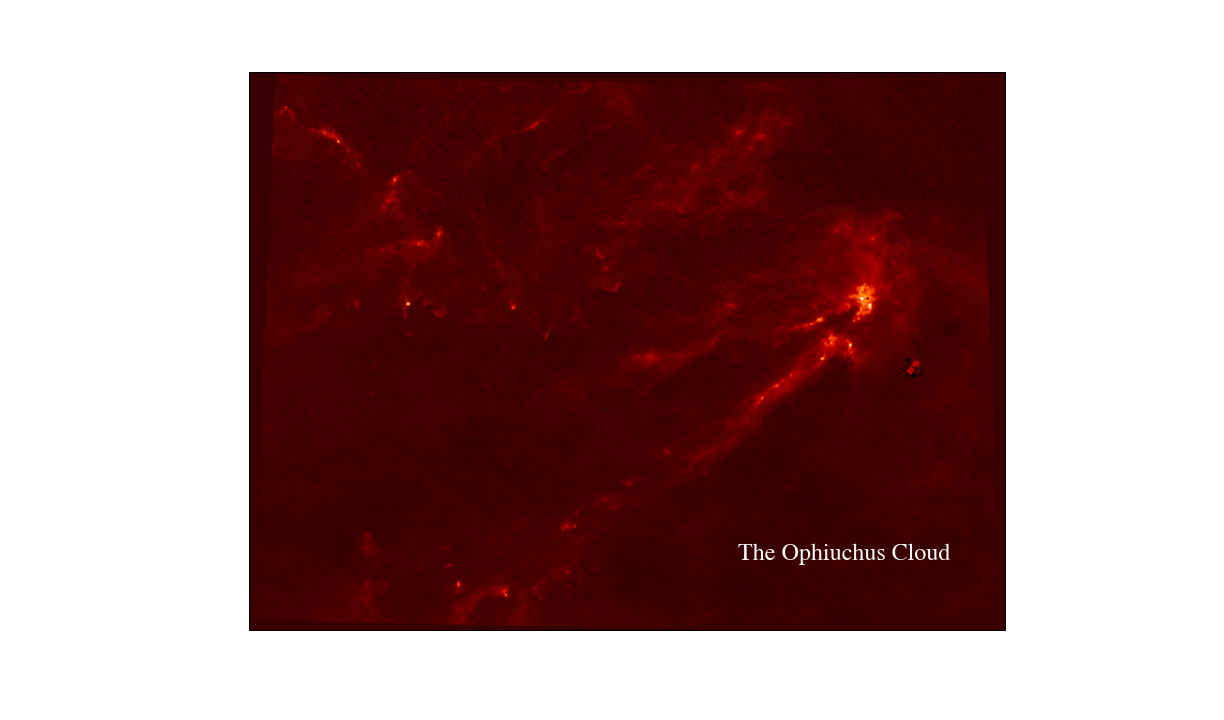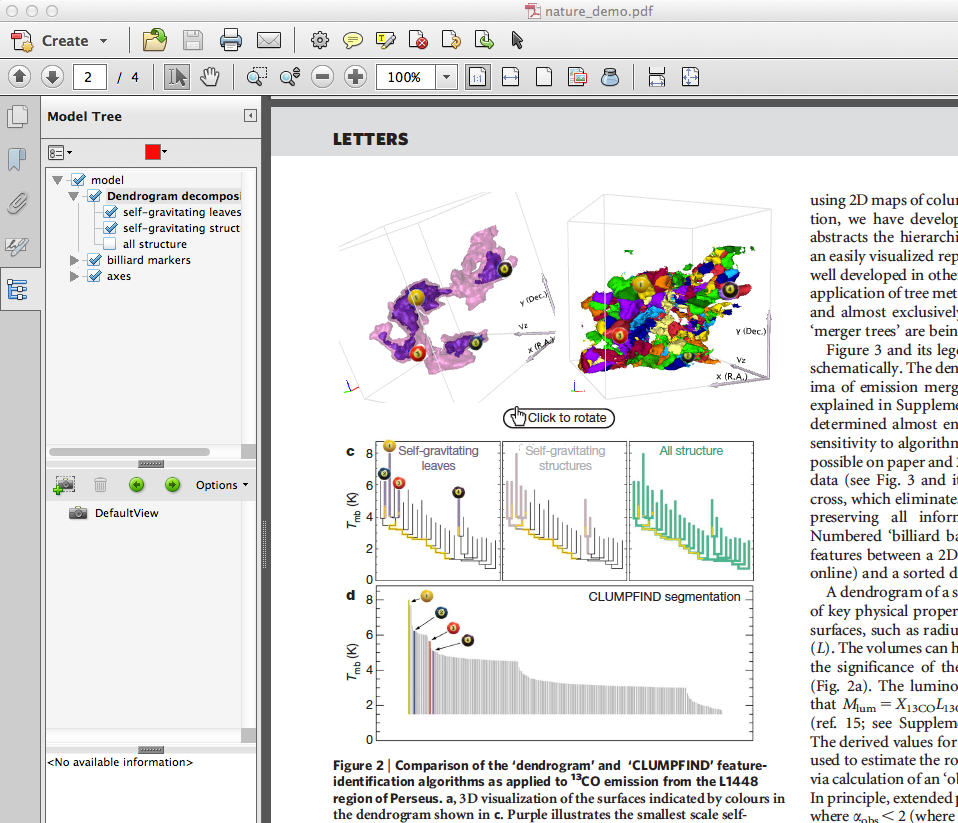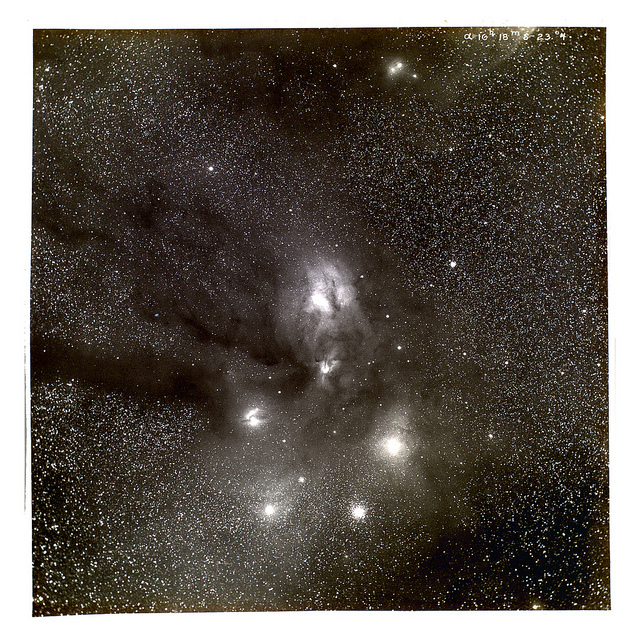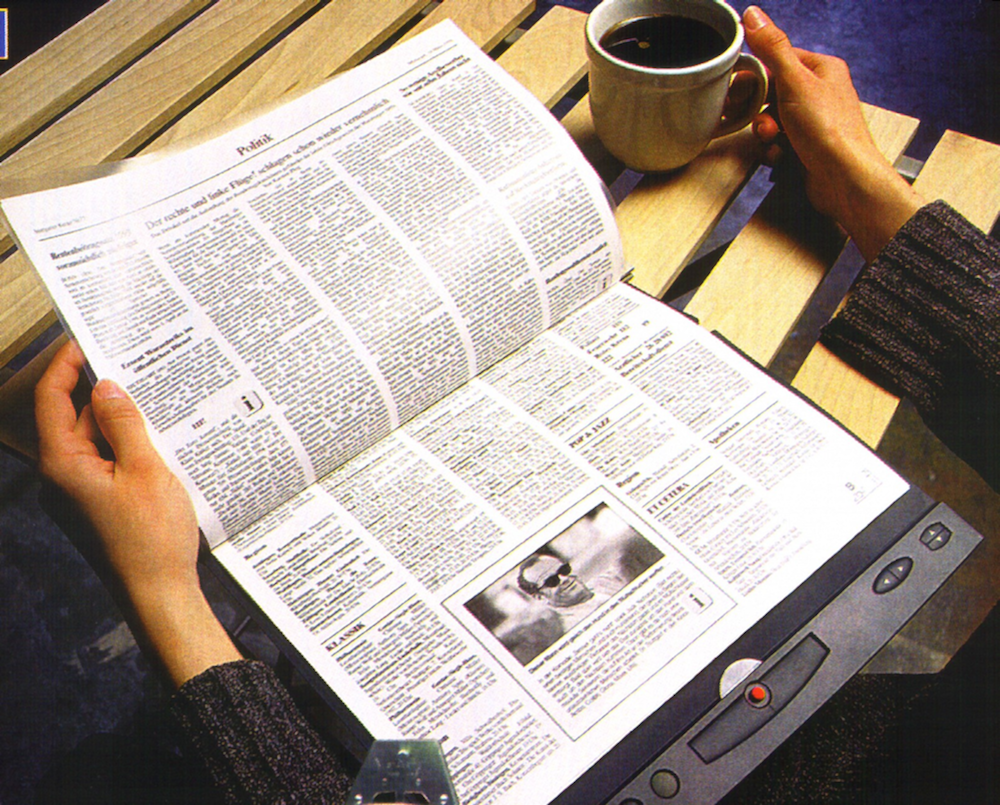Beyond the Beyond: Can we Increase the Impact and Reach of Scholarly Research?
Editor’s Note: “This post is co-authored by the editors of the Learned Publishing journal, Pippa Smart, Editor-in-Chief, and Lettie Conrad, North American Editor.
Occasionally, the Learned Publishing editorial team enjoys
browsing our archives and reflecting on the changing anxieties,
strategies, and values within our community over the years. One hot
topic among authors in the last decade is the increasing pressure to
reach beyond the traditional confines of journals and faculty tenure
cycles.
Stakeholders want to see measurable returns on their investments. Voters want to see taxes put to collective good. Vicky Williams
noted last year, “with increasing funder mandates for research to
demonstrate broader impact – on society, policy, the economy, or the
environment – research has to reach a broader audience.”

Granting bodies are anxious to drive improvements in health and
prosperity through research, therefore are less tolerant when research
outcomes do not demonstrate high readership and other impact metrics.
Earlier this year, David Sommer noted
studies claiming that half of all published articles are never read and
even more than that are never cited – which would mean an even smaller
fraction making their way into the hands of policymakers, innovators,
and the voting public. John Dove
notes that the uneven distribution of openly available content across
the myriad relevant search and discovery platforms calls for a more
active, innovative publisher role in ensuring the success of OA and
funded works.
Learned Publishing authors have demonstrated the measurable benefits of including lay summaries of open access (OA) articles alongside traditional abstracts and promotion of scientific publications to the mainstream press.
However, these techniques are new tricks for many publishers to
integrate into legacy marketing and content workflows. We are under
pressure to master new tools, new partnerships, and new information
channels to push publications beyond the “ivory tower” – and often
outside our comfort zones. Although there are many experiments and
innovative models being tested and run (e.g., BMC Psychology reviewing methodology rather than results to avoid bias against negative findings) these remain a minority, and it is hard to know how much effect they have on global impact.
Global readers expect access to knowledge and discoveries that impact
our wider society, and the logistics of this broader dissemination and
public communication are often left to publishers. The “lay summary” has
become somewhat of a buzzword for the past couple of years, but the
idea of rewriting scholarly papers for non-specialists in the general
public is a challenge on several points. For authors, it can be seen as
an insult or a waste of time. For publishers, it represents an
additional amount of work and resource expense, in publishing staff
energy and time, to undertake on behalf of authors. Promoting published
science is seen by many authors as the responsibility of the publisher;
conversely, publishers see this promotion as, at least in part, the
responsibility of the author. And both often look to information
channels, such as academic and public libraries, as the primary conduit
for scientific dissemination.
The flip side of this discovery question is a matter of the diversity
within our publications. We like to think of ourselves as a global
industry, representing and contributing to global scientific research –
but in truth, how global are we really? And what are the problems with
globalization when it comes to publishing and disseminating knowledge?
Editors and publishers are balancing the tension between being
gatekeepers (only publishing the “best” research) and knowledge
facilitators (providing access to a broader range of knowledge that may
only appear immediately relevant to niche audiences). This drive to
publish only the best works risks editorial, reviewer, and publisher
biases, leading to exclusion of potentially important research,
and a disenfranchisement of authors from developing countries who feel
that their research is unlikely to be published in western journals,
turning to alternative outlets — including “predatory” journals, as
noted by Williams Nwagwu a few years ago.
These forces are creating conflict around the traditional concept of
the scholarly record, which no longer satisfies funder mandates for
broad distribution to wide and diverse audiences. Disconnects between
funder objectives and researcher or author goals deepen this divide,
often challenging universities and publishers to bridge the gaps. These
pressures demand more than isolated process changes, but instead a more
holistic mind-set shift that embraces innovation in business models
and collaboration beyond traditional institutions. Changing the process
requires involvement of all stakeholders and the tensions between
different “factions” are not helping to address the diverse needs.
While each group individually considers itself to be embracing new
models, we each have our inherent conservatism to address – not least of
which lies within academia. In their year-one report from their 3-year
longitudinal study, David Nicholas and his CIBER team
observed that early career researchers (ECRs) universally agree that
gold OA is a worthy enterprise – but they still cling to the established
norms (including the elite high-Impact Factor, and traditional journal
outlets) because their academic reward is so tightly tied to these.
Around the world, the obsession with the Impact Factor and the
pressure that is being placed on researchers to publish within these
elitist journals serves to undermine national journals,
thus closing down dissemination channels for local research and
constraining both academic and funder desires to ensure outreach to
diverse communities. This conservative attitude to trustworthiness in the research process
can further stymie communications and impact globally. This is surely a
greater problem than the over-simplistic focus on Open-versus-closed
access. Around the world “open” online access is common, and a study
from De Gruyter this year shows that OA resources are key for authors in “periphery countries” who are both more likely to use OA resources and are also more likely to publish in them.
In a “post-truth” world with declining faith in scientific progress,
publishers are beholden to play a leading role in the clear
communication and promotion of scholarly research, and contributors to Learned Publishing
have frequently questioned these trends and proposed possible
solutions. These forces are a natural stage in the evolution of
scholarship and academic publishing – but is the world too large to
allow us to tackle this problem in more than a nationalistic
perspective?
More on this topic is discussed by the Learned Publishing team in a new white paper, “The Reach & Impact of Research Articles Beyond the Academy”.
Occasionally, the Learned Publishing editorial team enjoys
browsing our archives and reflecting on the changing anxieties,
strategies, and values within our community over the years. One hot
topic among authors in the last decade is the increasing pressure to
reach beyond the traditional confines of journals and faculty tenure
cycles.
Stakeholders want to see measurable returns on their investments. Voters want to see taxes put to collective good. Vicky Williams
noted last year, “with increasing funder mandates for research to
demonstrate broader impact – on society, policy, the economy, or the
environment – research has to reach a broader audience.”

Granting bodies are anxious to drive improvements in health and
prosperity through research, therefore are less tolerant when research
outcomes do not demonstrate high readership and other impact metrics.
Earlier this year, David Sommer noted
studies claiming that half of all published articles are never read and
even more than that are never cited – which would mean an even smaller
fraction making their way into the hands of policymakers, innovators,
and the voting public. John Dove
notes that the uneven distribution of openly available content across
the myriad relevant search and discovery platforms calls for a more
active, innovative publisher role in ensuring the success of OA and
funded works.
Learned Publishing authors have demonstrated the measurable benefits of including lay summaries of open access (OA) articles alongside traditional abstracts and promotion of scientific publications to the mainstream press.
However, these techniques are new tricks for many publishers to
integrate into legacy marketing and content workflows. We are under
pressure to master new tools, new partnerships, and new information
channels to push publications beyond the “ivory tower” – and often
outside our comfort zones. Although there are many experiments and
innovative models being tested and run (e.g., BMC Psychology reviewing methodology rather than results to avoid bias against negative findings) these remain a minority, and it is hard to know how much effect they have on global impact.
Global readers expect access to knowledge and discoveries that impact
our wider society, and the logistics of this broader dissemination and
public communication are often left to publishers. The “lay summary” has
become somewhat of a buzzword for the past couple of years, but the
idea of rewriting scholarly papers for non-specialists in the general
public is a challenge on several points. For authors, it can be seen as
an insult or a waste of time. For publishers, it represents an
additional amount of work and resource expense, in publishing staff
energy and time, to undertake on behalf of authors. Promoting published
science is seen by many authors as the responsibility of the publisher;
conversely, publishers see this promotion as, at least in part, the
responsibility of the author. And both often look to information
channels, such as academic and public libraries, as the primary conduit
for scientific dissemination.
The flip side of this discovery question is a matter of the diversity
within our publications. We like to think of ourselves as a global
industry, representing and contributing to global scientific research –
but in truth, how global are we really? And what are the problems with
globalization when it comes to publishing and disseminating knowledge?
Editors and publishers are balancing the tension between being
gatekeepers (only publishing the “best” research) and knowledge
facilitators (providing access to a broader range of knowledge that may
only appear immediately relevant to niche audiences). This drive to
publish only the best works risks editorial, reviewer, and publisher
biases, leading to exclusion of potentially important research,
and a disenfranchisement of authors from developing countries who feel
that their research is unlikely to be published in western journals,
turning to alternative outlets — including “predatory” journals, as
noted by Williams Nwagwu a few years ago.
These forces are creating conflict around the traditional concept of
the scholarly record, which no longer satisfies funder mandates for
broad distribution to wide and diverse audiences. Disconnects between
funder objectives and researcher or author goals deepen this divide,
often challenging universities and publishers to bridge the gaps. These
pressures demand more than isolated process changes, but instead a more
holistic mind-set shift that embraces innovation in business models
and collaboration beyond traditional institutions. Changing the process
requires involvement of all stakeholders and the tensions between
different “factions” are not helping to address the diverse needs.
While each group individually considers itself to be embracing new
models, we each have our inherent conservatism to address – not least of
which lies within academia. In their year-one report from their 3-year
longitudinal study, David Nicholas and his CIBER team
observed that early career researchers (ECRs) universally agree that
gold OA is a worthy enterprise – but they still cling to the established
norms (including the elite high-Impact Factor, and traditional journal
outlets) because their academic reward is so tightly tied to these.
Around the world, the obsession with the Impact Factor and the
pressure that is being placed on researchers to publish within these
elitist journals serves to undermine national journals,
thus closing down dissemination channels for local research and
constraining both academic and funder desires to ensure outreach to
diverse communities. This conservative attitude to trustworthiness in the research process
can further stymie communications and impact globally. This is surely a
greater problem than the over-simplistic focus on Open-versus-closed
access. Around the world “open” online access is common, and a study
from De Gruyter this year shows that OA resources are key for authors in “periphery countries” who are both more likely to use OA resources and are also more likely to publish in them.
In a “post-truth” world with declining faith in scientific progress,
publishers are beholden to play a leading role in the clear
communication and promotion of scholarly research, and contributors to Learned Publishing
have frequently questioned these trends and proposed possible
solutions. These forces are a natural stage in the evolution of
scholarship and academic publishing – but is the world too large to
allow us to tackle this problem in more than a nationalistic
perspective?
More on this topic is discussed by the Learned Publishing team in a new white paper, “The Reach & Impact of Research Articles Beyond the Academy”.
Discussion
5 Thoughts on "Beyond the Beyond: Can we Increase the Impact and Reach of Scholarly Research?"
The fact that the average monograph published by a
university press now sells fewer than 300 copies worldwide, and most of
those to academic libraries, should tell us something about how many
members of the general public really are interested in specialized
scholarly knowledge.
university press now sells fewer than 300 copies worldwide, and most of
those to academic libraries, should tell us something about how many
members of the general public really are interested in specialized
scholarly knowledge.
I wonder how how many downloads these monographs
would obtain if they were made available in open access format and
actively promoted to the general public.
would obtain if they were made available in open access format and
actively promoted to the general public.
Amherst College Press, which publishes humanities monographs via open access, could tell you.
Do we have any recent studies that show that currently half of papers are never read other than by authors and reviewers?
That’s a very strong claim and should only be made using data from our times, not before digital libraries became prevalent.
That’s a very strong claim and should only be made using data from our times, not before digital libraries became prevalent.
Thank you, Mary, great point — As discussed here,
Pippa and I are reflecting on studies that either appear or are cited
in the Learned Publishing journal. Specifically, I had studies cited in
this piece by David Sommer from earlier this year, https://doi.org/10.1002/leap.1081. We can update the post to cite this claim more specifically, thanks for your comment!
Pippa and I are reflecting on studies that either appear or are cited
in the Learned Publishing journal. Specifically, I had studies cited in
this piece by David Sommer from earlier this year, https://doi.org/10.1002/leap.1081. We can update the post to cite this claim more specifically, thanks for your comment!
Beyond the Beyond: Can we Increase the Impact and Reach of Scholarly Research? - The Scholarly Kitchen
